Santa As An Enigmatic Entity
The roots of the modern interpretation of Santa Claus are often traced back to the mid-19th Century poem, “A Visit From St Nicholas” by Clement Moore. Though the poem has also been attributed to others, for our discussion, let us leave that argument for another time. Our concern here is with the words of the poem more so than who wrote it. It is from this poem that modern Christmas, in regards to Santa Claus, takes most of its images. The poem gives us a vivid description of Santa (clothing, weight, etc), a team of reindeer that each have a name, the exact number of reindeer, the fact that Santa travels via sleigh, and even depicts the precise night of his arrival.
Over the years, the images from this poem have become canon in Christmas lore. Even though the poem only dates to 1823, it has been said that each of these items are part of “tradition.” It is curious that even in this tradition, the poem has suffered from selective interpretation. People only adhere to the obvious items and ignore a greater, more important visuals that are the foundation on which the poem is written. Society has taken the obvious images and made Santa a “human being” thus creating the multitude of problems in explaining his existence to children, while all along ignoring the fact that the poem, at it’s very core describes Santa as a supernatural entity.
 Most of the depictions of Santa post 1823 were all pseudo-based on Moore’s description. Moore and Thomas Nast collaborated on a caricature of Santa around the same time the poem was released. It is said to be the first modern visual of Santa. Further, starting in 1906, Santa appears in advertising with his long beard, red suit, black boots and hauling a bag of toys. These first visual images were then built upon to “flesh-out” the portrait of Santa. In 1927, the New York Times again describes Santa in words almost identical to Moore, except they too leave out the most important part of the description. They follow upon the false premise that Santa is a human being.
Most of the depictions of Santa post 1823 were all pseudo-based on Moore’s description. Moore and Thomas Nast collaborated on a caricature of Santa around the same time the poem was released. It is said to be the first modern visual of Santa. Further, starting in 1906, Santa appears in advertising with his long beard, red suit, black boots and hauling a bag of toys. These first visual images were then built upon to “flesh-out” the portrait of Santa. In 1927, the New York Times again describes Santa in words almost identical to Moore, except they too leave out the most important part of the description. They follow upon the false premise that Santa is a human being.
Most all modern images show Santa as a massive, towering figure, larger than life (think Coca-Cola Santa). However, the original description by Moore is that of a diminutive figure, perhaps a paranormal entity, specifically described as an “elf.” Taken from the original text, Santa is said to be, “a little old driver, so lively and quick.” This does not sound like the mountain of a man we have come to know as Santa. How about, “Down the chimney St. Nicholas came with a bound.” Magical or not, this act would be far easier if Santa was a smaller figure. As the poem proceeds, we get the physical description of Santa’s eyes, cheeks, nose, smile, belly, and (even though it has been all but written out by the politically correct crowd) the fact that he smoked a pipe. Finally, we get the clincher, Santa is said to be, “a right jolly old elf.” Is this just a narrative tool designed to plant a picture in your mind? Or is this exactly what Moore meant to portray when he “created” Santa Claus?
ADVERTISEMENT
 Before claiming that this interpretation is too literal, one should look at other clues that this interpretation is exactly what Moore was trying to convey. The sixteenth line of the poem gives two more examples. First is the characterization of, “a miniature sleigh” followed immediately by those icons of Santa lore, the “eight tiny reindeer.” Why use such specific, identifying traits over and over again? The only explanation is that Moore knew exactly what he was doing. He was delineating between Santa and human beings by creating a clear, unhindered image of a preternatural character. The conclusion is that Santa was never supposed to be regarded as “human.”
Before claiming that this interpretation is too literal, one should look at other clues that this interpretation is exactly what Moore was trying to convey. The sixteenth line of the poem gives two more examples. First is the characterization of, “a miniature sleigh” followed immediately by those icons of Santa lore, the “eight tiny reindeer.” Why use such specific, identifying traits over and over again? The only explanation is that Moore knew exactly what he was doing. He was delineating between Santa and human beings by creating a clear, unhindered image of a preternatural character. The conclusion is that Santa was never supposed to be regarded as “human.”
So now we have an example of Santa as an enigmatic entity. No longer is he just “some guy” in a red and white suit (or green and white if you’d like to go further back). He is a diminutive figure, perhaps a decedent of the wee fairy folk. It is no coincidence that elves originate in Germanic and Norse mythos. They are divine beings who possess magic and mystery. In every tradition, Santa is surrounded by these humble helpers who make Christmas possible. It is time we saw Santa as one among many, rather than a man set apart from the rest.
 Certainly, Santa Claus is an evolutionary icon that transcends any one depiction. Who or what he is has morphed over the centuries from St Nicholas, to Sinterklaas, to Father Christmas, to plain old Santa Claus. It is still important to remember that when looking at folklore one should not just pick-and-choose what they want to see. The entirety of the image should be considered, especially when espousing an item as source material. In this examination of Moore’s work, as in so many others surrounding Christmas, it is the esoteric and paranormal that reign supreme. In other words, it can all be summed up as the “Magic of Christmas.”
Certainly, Santa Claus is an evolutionary icon that transcends any one depiction. Who or what he is has morphed over the centuries from St Nicholas, to Sinterklaas, to Father Christmas, to plain old Santa Claus. It is still important to remember that when looking at folklore one should not just pick-and-choose what they want to see. The entirety of the image should be considered, especially when espousing an item as source material. In this examination of Moore’s work, as in so many others surrounding Christmas, it is the esoteric and paranormal that reign supreme. In other words, it can all be summed up as the “Magic of Christmas.”
MORE GREAT STORIES FROM WEEK IN WEIRD:


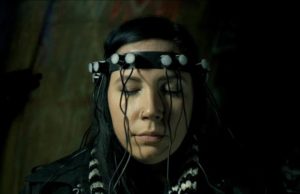
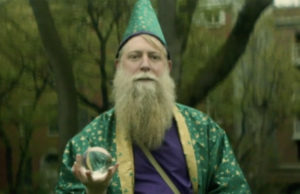
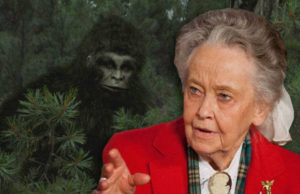
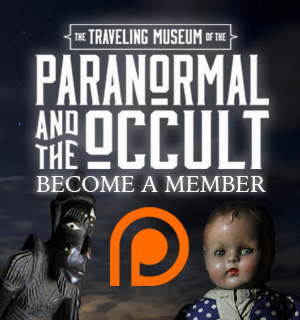
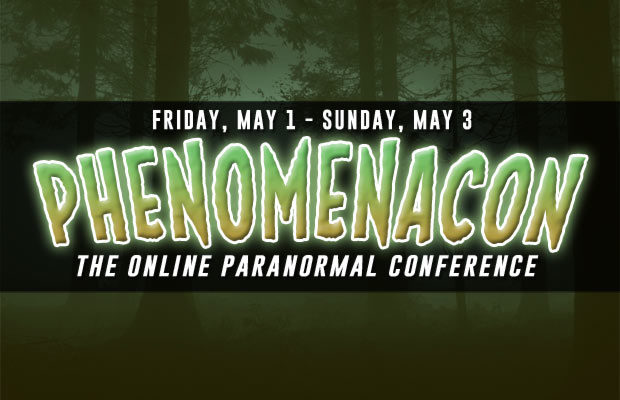
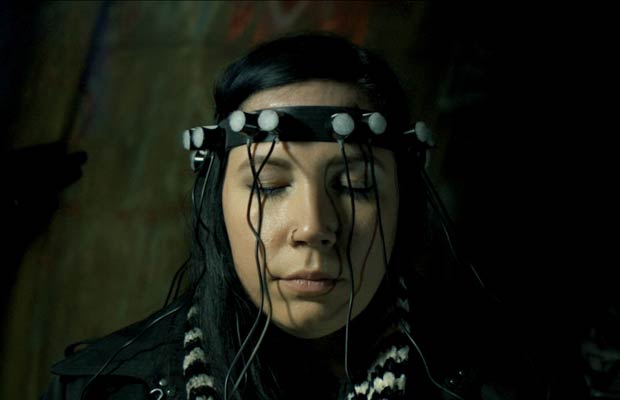
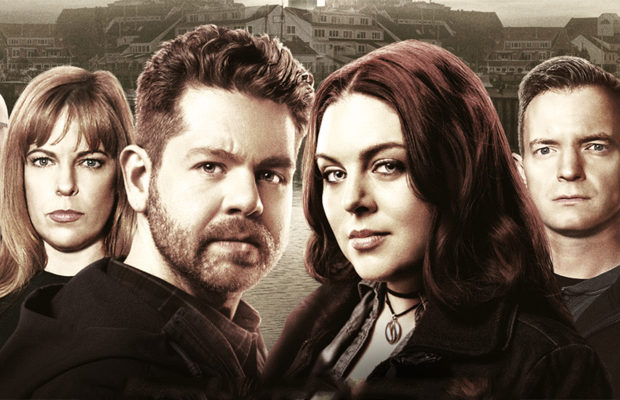
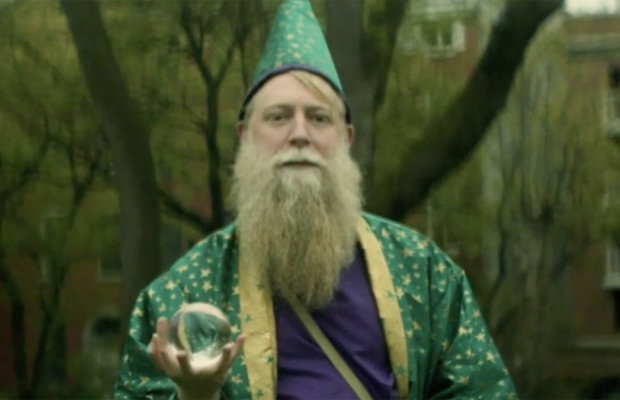

You must be logged in to post a comment Login